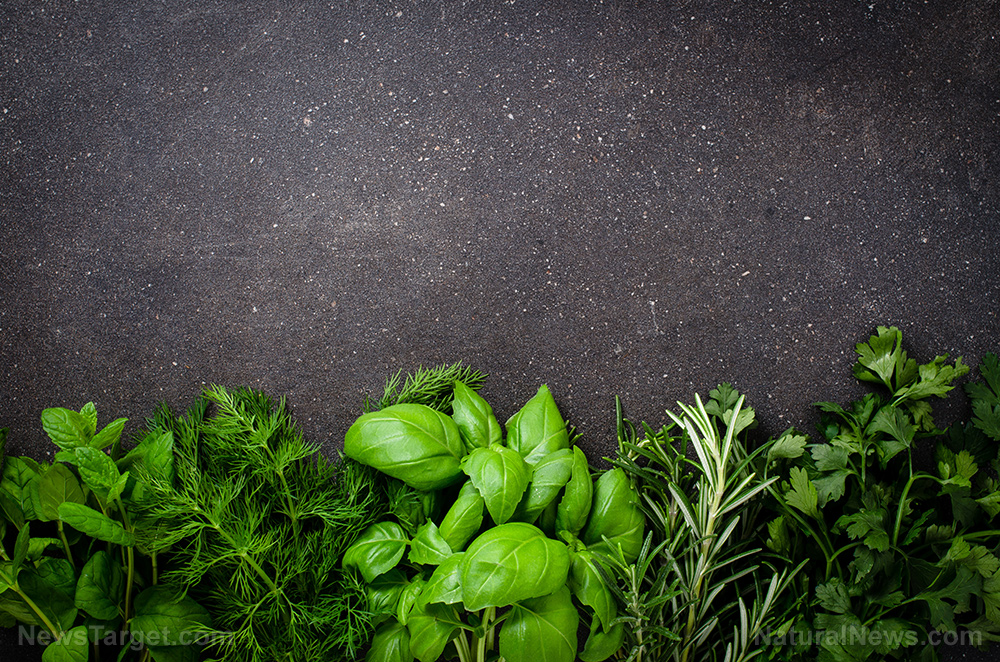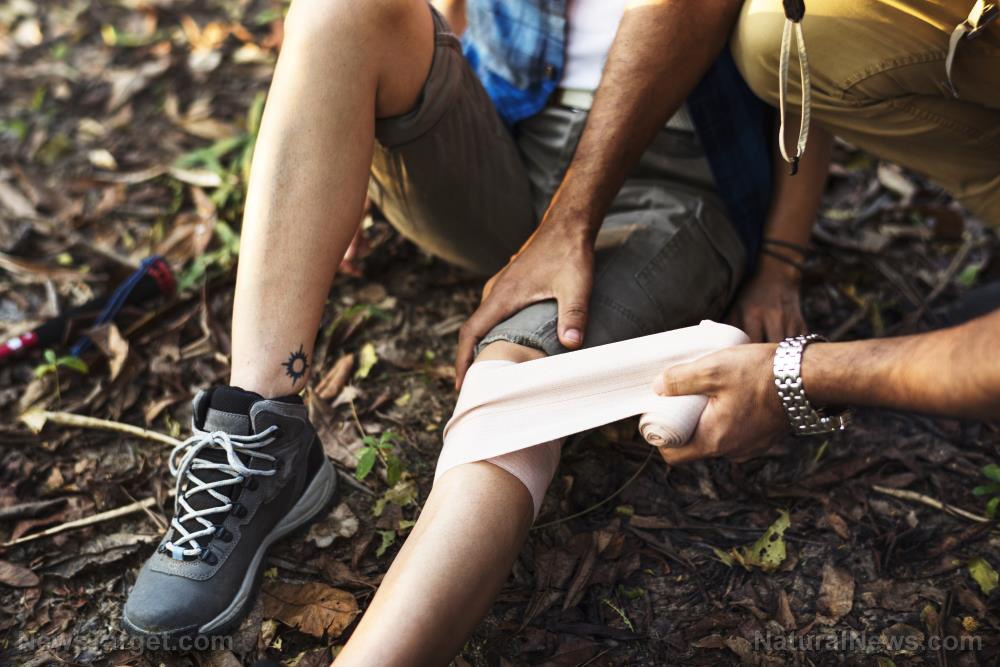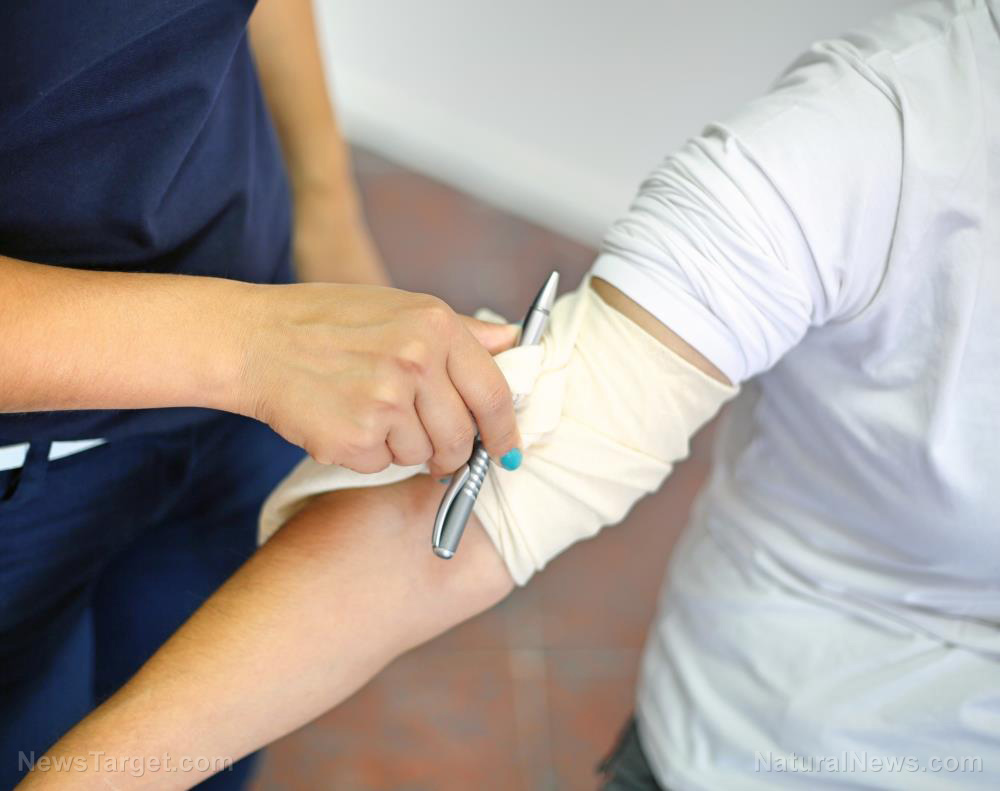Survival medicine basics: How to use sugar to treat wounds
11/01/2019 / By Grace Olson

Sugar isn’t known for a lot of health benefits, but they are quite useful as a home remedy. Before commercial antibiotic and antiseptic creams, it used to be a popular homemade treatment for wounds. Moreover, it can be applied on humans and animals alike. (h/t to AlphaSurvivalist.net)
How does sugar treat wounds?
Sugar has specific qualities that make it a useful non-toxic treatment for wounds. When applied in large amounts on a wound, it does the following:
- It absorbs moisture. Sugar absorbs trace amounts of water and humidity. This helps keep the wound dry, preventing the loss of too much blood.
- It prevents bacteria from growing. Because sugar absorbs moisture, bacteria cannot grow and spread. This prevents the person from contracting an infection.
- It helps new blood vessels grow. By incapacitating bacteria and keeping the wound dry, sugar helps provide an ideal area where new blood vessels can grow. This helps speed up the healing process.
- It reduces odor. The smell coming from a wound, also called malodor, has a ghastly smell due to bacteria. Applying sugar to a wound can help reduce the smell.
Treating a wound with sugar
Here are some things you need to know before applying sugar on a wound:
- The wound needs to have stopped bleeding.
- Make sure that the wound is cleaned with water.
- You need to add large amounts of sugar. Small amounts will only encourage bacteria to grow.
- Loosely cover the sugar-treated wound with a gauze.
For a speedy recovery, clean and apply sugar three to four times a day. This also ensures that the wound does not get infected.
Sugar concoctions, medicines on-the-go
On its own, sugar has impressive healing properties, but mixing it with other liquids boosts these effects. Mix sugar with the following:
- Oil. Mixing sugar with oil produces a salve. It is believed that oil helps the sugar penetrate the wound, which hastens the healing process.
- Honey. Like oil, combining sugar and honey produces a salve with an additional antiseptic effect. Honey enhances sugar’s properties by preventing contamination and speeding up healing.
- Iodine. Mixing sugar with iodine produces a salve called sugardine. It is commonly used by horse trainers and farriers, but it can also be applied to humans as well. Making sugardine is quite easy. Simply do the following:
- Mix two parts sugar to one part 10 percent iodine.
- Mix until it has a thick, honey-like consistency.
- Place it in a sealed container.
- After applying it on a wound, wrap the injury with bandage.
Make sure to clean the salves and reapply sugar on the wound three to four times a day. If the wound is severe, you may need to change it more often.
Perks of adding sugar to your first aid kit
In an SHTF situation, you have to move fast. If your bug-out location is in another place, you have to quickly get your kits and other supplies. Here are some reasons why you must add sugar to your emergency kit:
- It’s readily available. Sugar can be found almost everywhere, especially in a city. In an SHTF situation, it’s difficult to find medicine. With sugar however, you can restock them easily. (Related: Survival medicine 101: CBD for when SHTF.)
- It’s easy to carry. You can easily divide a pack of sugar into small packets for individual first aid kits.
- It’s simple to apply. One key advantage of sugar as medicine is that it is easy to apply. Teach your kids and other family members how to use sugar by itself or how to make a salve for treating wounds.
Sugar has a lot of healing properties that can be crucial during an emergency. Learning how to use it and apply it can save lives when SHTF.
Find out other everyday items that you can add to your emergency kit at EmergencyMedicine.news.
Sources included:
Tagged Under: alternative medicine, bug out, emergency medicine, first aid, food cures, food is medicine, Gear, home remedies, how to, injuries, preparedness, prepper, prepping, prevention, remedies, salve, sugar, sugardine, survival, survival gear, survival medicine, survivalist, Wound Healing, wound treatment, wounds
RECENT NEWS & ARTICLES
SurvivalMedicine.News is a fact-based public education website published by Survival Medicine News Features, LLC.
All content copyright © 2018 by Survival Medicine News Features, LLC.
Contact Us with Tips or Corrections
All trademarks, registered trademarks and servicemarks mentioned on this site are the property of their respective owners.


















